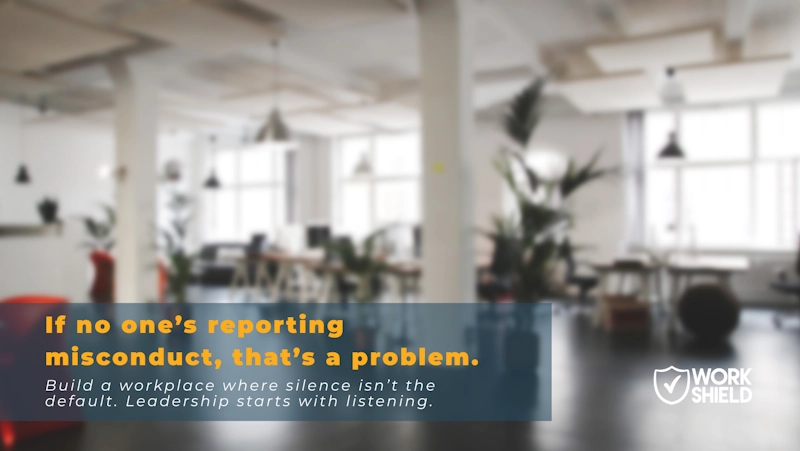You are probably aware that the EEOC has issued new guidelines over the past couple of weeks for how employers can respond to COVID-19. While there are several new concrete allowances provided, employers should also be prepared for some potentially murky scenarios when it comes to dealing with COVID-19 and its employees.
While the EEOC has not qualified COVID-19 as a disability, businesses should act prudently to avoid any question of treating employees with disability bias in the coming weeks and months. Likewise, if your company must let employees go, be certain there is no question that employees are being let go for non-discriminatory reasons.
Equally important is communicating your company’s commitment to protecting its employees. Part of protecting them is providing a way to safely report any potentially harassing or discriminatory behavior. With Work Shield, employees feel secure reporting an incident and have confidence knowing there will be a fair and unbiased investigation and resolution to their complaint.
Here is a quick run-down of the EEOC’s recent guidance for what employers can do, can’t do and should do as it relates to COVID-19.
CAN DO
- Ask employees who are coming into a physical workplace if they have COVID-19 or symptoms of the disease
- Ask employees if they have come into contact with anyone who has COVID-19 or has symptoms of the disease
- Take employees’ temperatures
- Send employees home if they have, or are showing symptoms of, COVID-19
- Prevent an employee who has, or possibly has, COVID-19 from coming to work
- Screen new hires for COVID-19 symptoms (must screen all new hires)
- Withdraw a job offer if a new hire has, or has symptoms of, COVID-19
- Report to necessary management the identity of an employee who has COVID-19 or symptoms of the disease
- Deny a request from an employee who falls into a high-risk category to work remotely based on the fact that he or she is at higher risk of contracting COVID-19 (e.g., aged 65+ or pregnant)
CAN’T DO
- Ask a teleworking employee if they have COVID-19 or symptoms of the disease
- Tell anyone who doesn’t need to know the identity of an employee who has COVID-19 or symptoms of the disease
- Require employees who fall into a high-risk category to work remotely or place them on involuntary leave because they are at higher risk of contracting COVID-19
- Prohibit an employee from coming to work or require he or she work remotely based on the employee’s race or national origin
SHOULD DO
- Have a qualified professional perform/analyze any employee screening or medical testing related to COVID-19 symptoms
- Maintain existing confidentiality protocols to the greatest extent possible – don’t store any medical information where it could be seen by others in person or electronically; only reveal personal information about an employee when absolutely necessary and only on a need-to-know basis
- Provide reasonable accommodations to employees who have a disability that puts them in a high-risk category. If it is taking longer than expected to verify a disability, consider granting the accommodation temporarily while the details are sorted
As always, Work Shield is dedicated to creating open and positive workplace cultures by protecting both employees and employers, remote or otherwise. We can help you and your company navigate these new workplace environments successfully. Get in touch.
This is a synopsis of recent protocols. Find the complete set of guidelines provided by the EEOC here.





